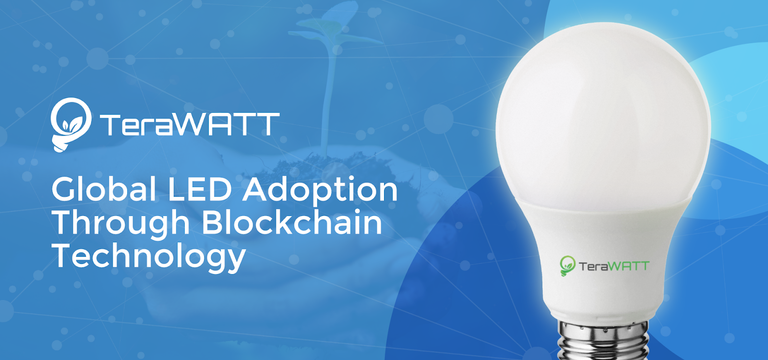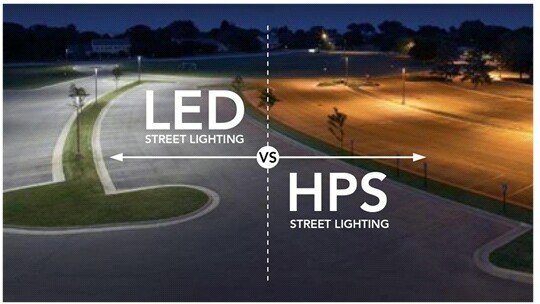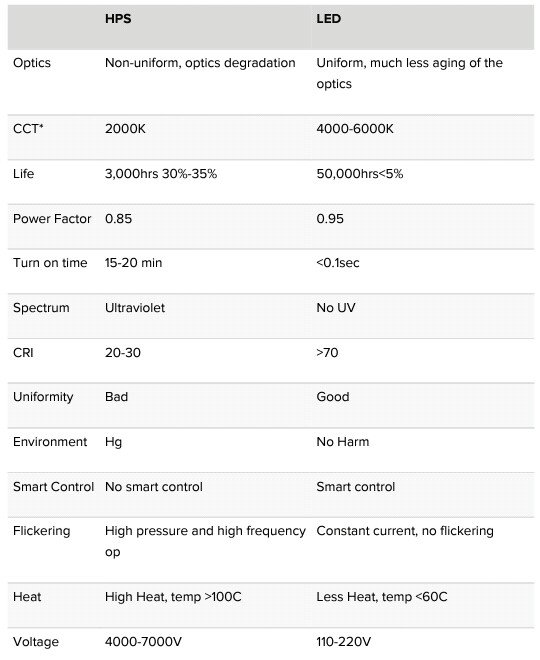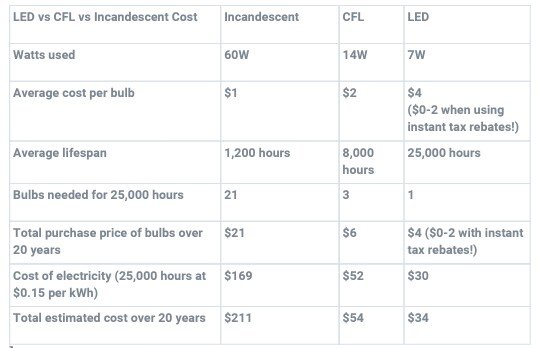Global LED Adoption Through Blockchain Technology

Nowadays, we all need light especially in our everyday life. When you're in your house or in your room, when goin outside, in the streets, and even in school or in office. Light is the most important of it all.
But the price and the consumption of energy of what were using in our light bulb is consuming so much energy and it cost much. We all need to save energy and money at the same time.
Well thanks to TERAWATT
- a patent-pending, renewable energy blockchain startup, with a strong focus on monetization and driving global L.E.D. adoption.
So what is LED?
Light-Emitting Diode (LED) is a semiconductor device that emits light when an electric current is passed through it. Light is produced when the particles that carry the current (known as electrons and holes) combine together within the semiconductor material.
LED is more cheaper than the other light bulvs in the markets nowadays. You can also save energy consumption when you're using LED, your electricity bill won't go up. People can save money especially those who have their businesses.
Terawatt's Goal:
Leverage blockchain technology to help reduce global lighting electricity consumption 50 percent (roughly 2000 Terawatts) by 2035, while also increasing light output by 50 percent. Terawatt will also create a deflationary currency to compete with FIAT and digital alternatives like Bitcoin. Terawatt aims to tackle other renewable sectors like Solar, Wind, Electric Vehicles after proof of concept is achieved with L.E.D.s.
HPS vs LED
LEDs Vs CFLs and Incandescent Bulbs:
Most people and businesses understand LEDs are more efficient, can reduce their electricity bills, and are generally better for the environment. However, most LED buyers are not aware they could have utilized local city/state tax rebates to reduce the purchase price by 50-80 percent, and also that they can apply for a tax credit at the end of the year (as always, consult with your local tax professional). Take a quick look at the table below:
While prices for LED light bulbs were astronomical just a few years ago — upwards of $100 for one bulb — you can now pick up a cheap, 60-watt-equivalent LED light bulb for less than $5. They will become even less expensive as technology advances. Incandescent light bulbs are being phased out: An almost complete ban on their sale started in 2014 and will take full effect in 2020. Simply put, they waste a lot of energy and don’t last very long. Even though CFL’s are better than incandescents, LEDs are the superior option in every area. Modern CFLs also contain a small amount of mercury, which is very harmful to both your health and the environment. That means it’s bad news to break one (here’s how to clean it up safely if you do), and they shouldn’t be disposed of in your regular household trash (here’s how to recycle them). If these bulbs are not properly disposed the mercury could contaminate groundwater which we use as a source for drinking water. This is just some of the severity we face if CFL’s are not properly disposed.
For more information about them you can check out these links:
Website: https://terawattled.com/
Telegram: https://t.me/TeraWattICO
Ann Thread: https://bitcointalk.org/index.php?topic=4180151.0
Elqui
https://bitcointalk.org/index.php?action=profile;u=1289601


